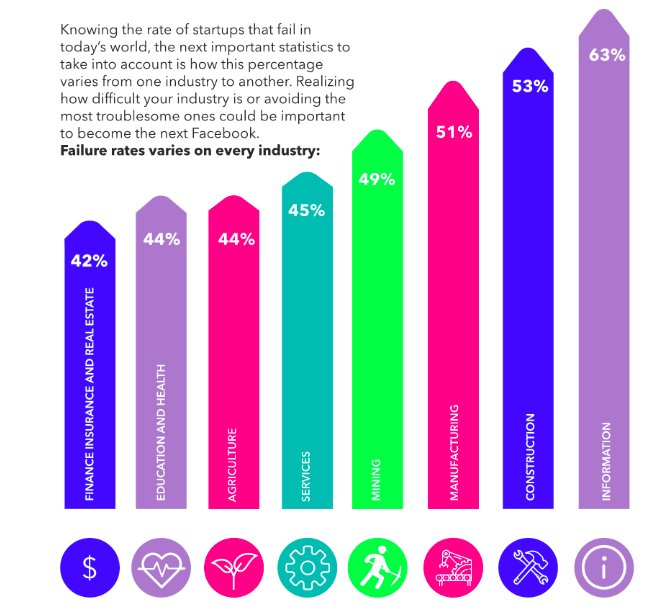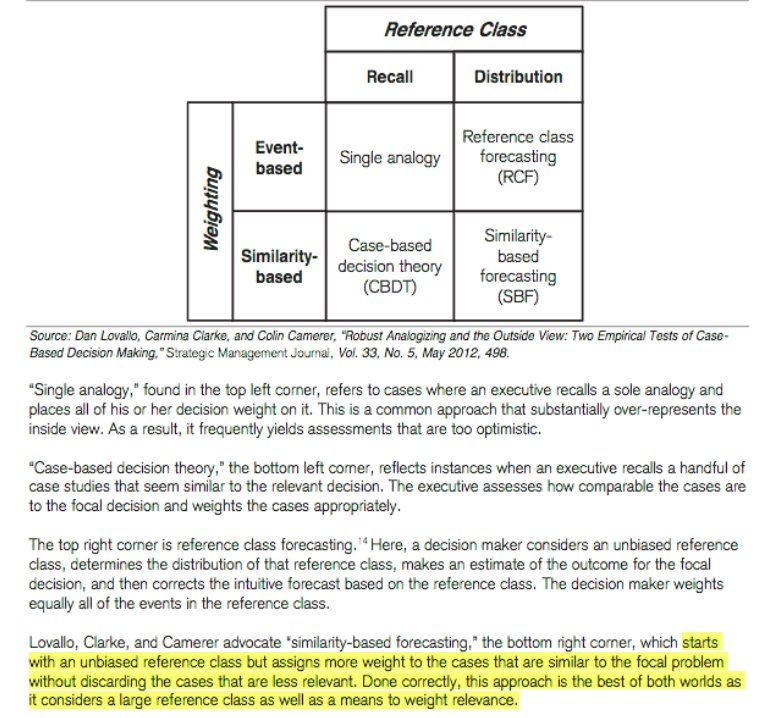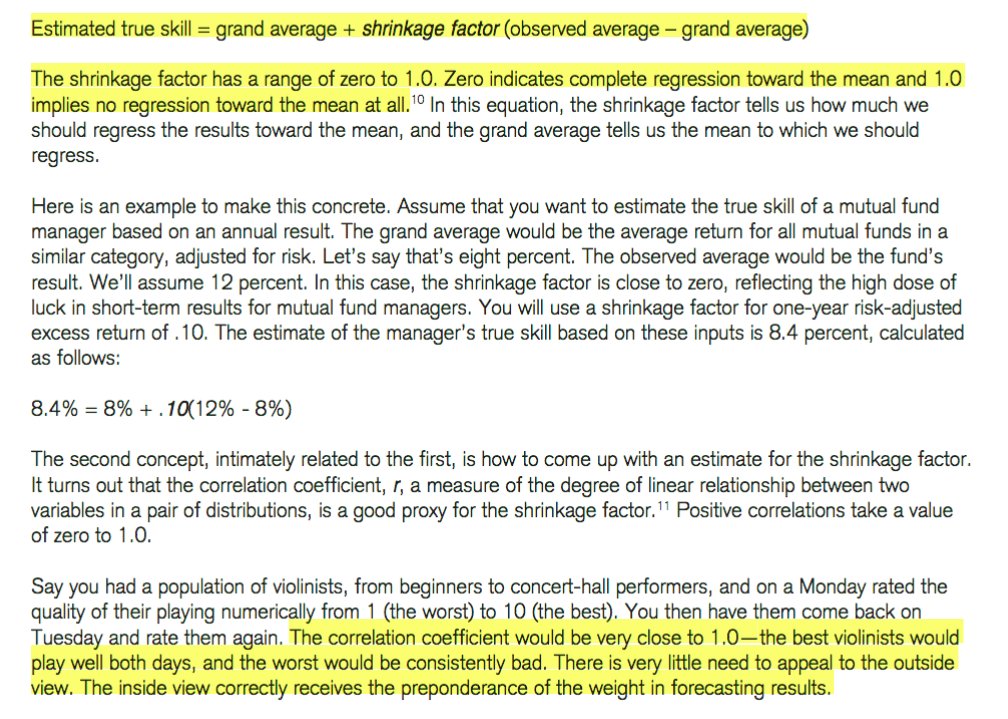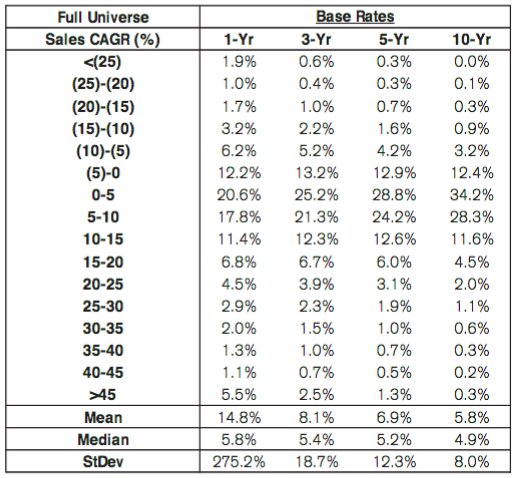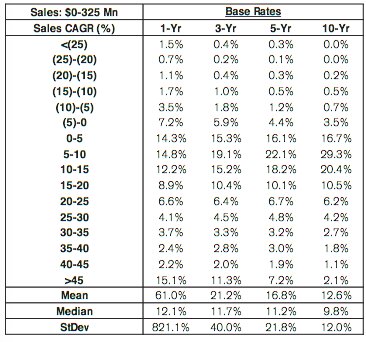A lot of people say, "The odds that he’s a librarian must be at least 90 percent.” That's the story, librarians don't work super hard.
fs.blog/2012/11/mental…
Ignoring the base rate can lead you wildly astray.
With a big sample size, we let history guide our view of what is realistic.
Daniel Kahneman and Amos Tversky have a great paper on this: apps.dtic.mil/dtic/tr/fullte…
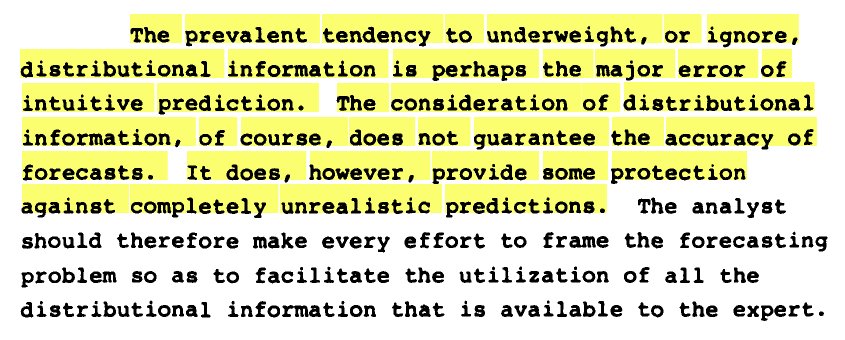
valuewalk.com/wp-content/upl…
1. Inside vs. outside views.
The inside view is when you are well acquainted with one example.
The outside view, or the base rate, is looking at a lot of similar examples.
3. As humans, we love a good story.
The problem is that stories can make us feel like we have the inside view when the right approach is to take the outside view.
safalniveshak.com/wp-content/upl…

1. First look at the base rate as a frame of reference
2. Decide where your subject is on the skill/luck continuum
3. Weight other examples accordingly so you aren't overly optimistic
Base rates go against our nature because we love stories, we easily remember what happened most recently, and it's fun to make predictions.
But good thinking isn't always the easiest, most fun. @farnamstreet
fs.blog/2012/12/three-…
